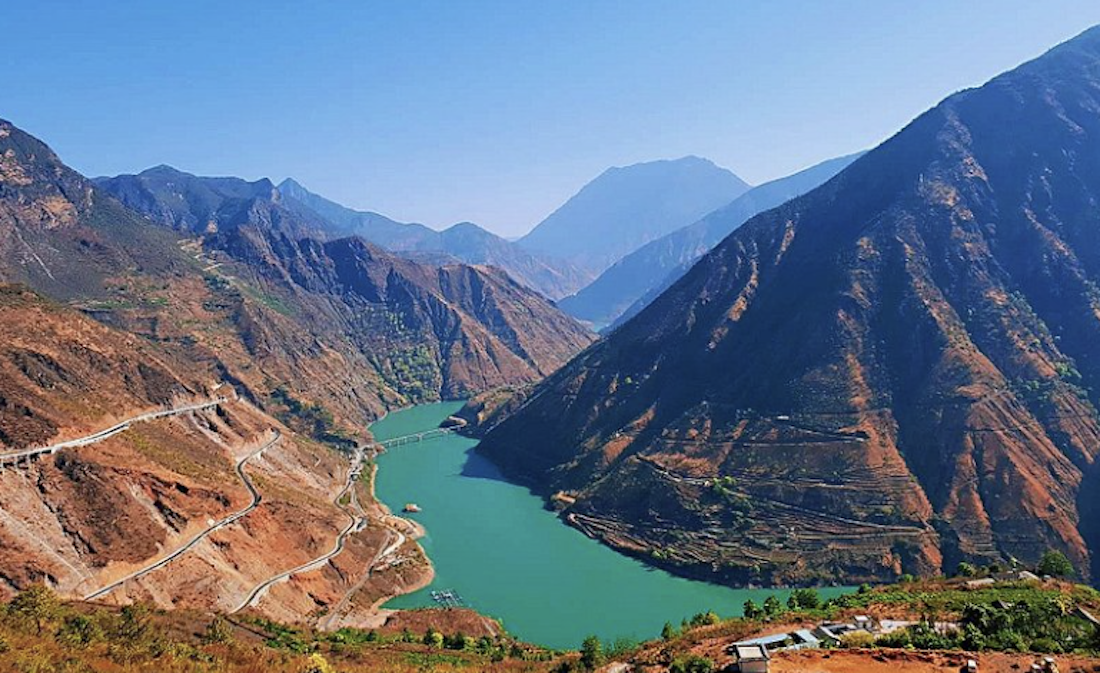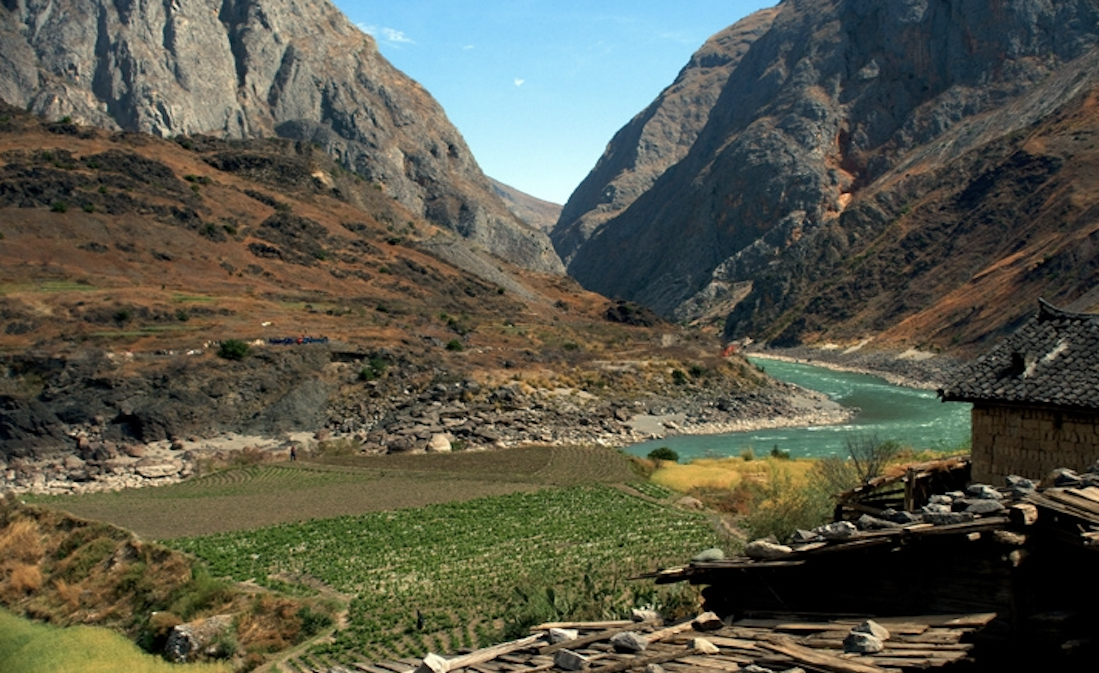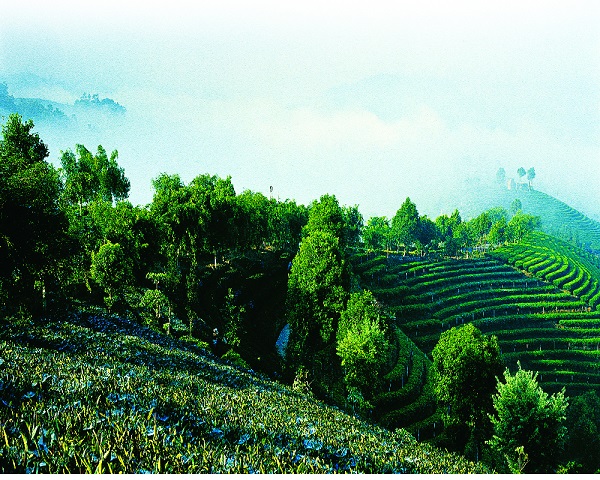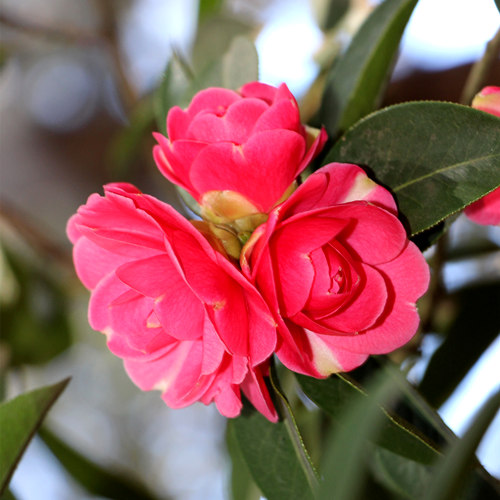
The Jinsha River
The Jinsha River is the Chinese name for the upper stretches of the Yangtze River. It flows through the provinces of Qinghai, Sichuan, and Yunnan in western China. The river passes through Tiger Leaping Gorge. It is sometimes grouped with the Lancang (upper Mekong) and Nu (upper Salween) as the Sanjiang ("Three Rivers") area, part of which makes up the Three Parallel Rivers of Yunnan Protected Areas. The river is important in generating hydroelectric power, several of the world's largest hydroelectric power stations are on the Jinsha River.

Although the name is generally over-literally translated as the "Gold Sand" or "Golden-Sanded River", the name is not poetic or descriptive of the color of the river's banks. Rather, Jinsha described actual placer gold, alluvial gold powder sometimes still panned from the river's waters. The name "Jinsha" originates in the Song dynasty when the river attracted large numbers of gold prospectors. Gold prospecting along the Jinsha continues to this day. The Jinsha culture in prehistoric China derives its name from a road near its type site and not from the river directly.

The Jinsha River flows south through a deep gorge parallel to the similar gorges of the upper Mekong and upper Salween rivers, from which it is separated by the Ningjing Mountains. It forms the western border of Sichuan for some 400 km and then flows into Yunnan province. After a large, 320 km long loop to the north of Dali Bai Autonomous Prefecture, the Jinsha swings northeast, forming the Sichuan-Yunnan provincial boundary until it joins the Min River at Yibin in Sichuan to form the Yangtze.

The Jinsha is being heavily developed, primarily for hydroelectric power. As of March 2014, a total of 25 dams are completed, under construction, or planned for the river. After completion of the Baihetan Dam, as of 2020, 5 of the largest hydroelectric power stations in the world are on the river.

Among them, the Xiluodu Dam is an arch dam on the Jinsha River. It is located near the town of Xiluodu in Yongshan County of Yunnan Province but the dam straddles Leibo County of Sichuan Province on the opposite side of the river. The primary purpose of the dam is a hydroelectric power generation and its power station has an installed capacity of 13,860 MW. Additionally, the dam provides for flood control, and silt control, and its regulated water releases are intended to improve navigation downstream. Construction on the dam and power station began in 2005 and the first generator was commissioned in 2013, the last in 2014. It is operated by China Yangtze Power and is currently the third-largest power station with the fourth-tallest dam in the world.
Reference: Wikipedia
Photo Resource: Internet
If there's any copyright issue involved, please contact us to delete.



